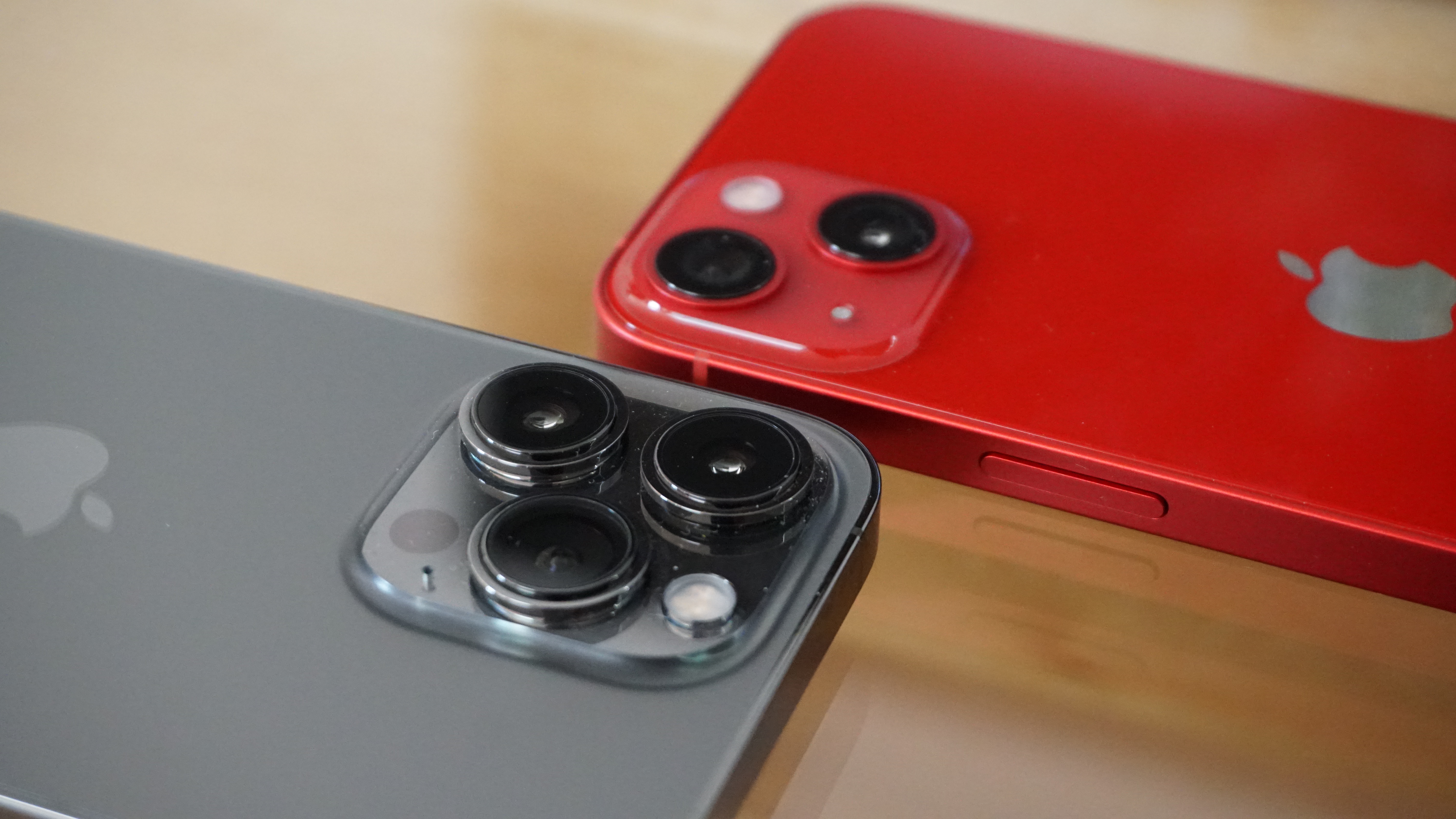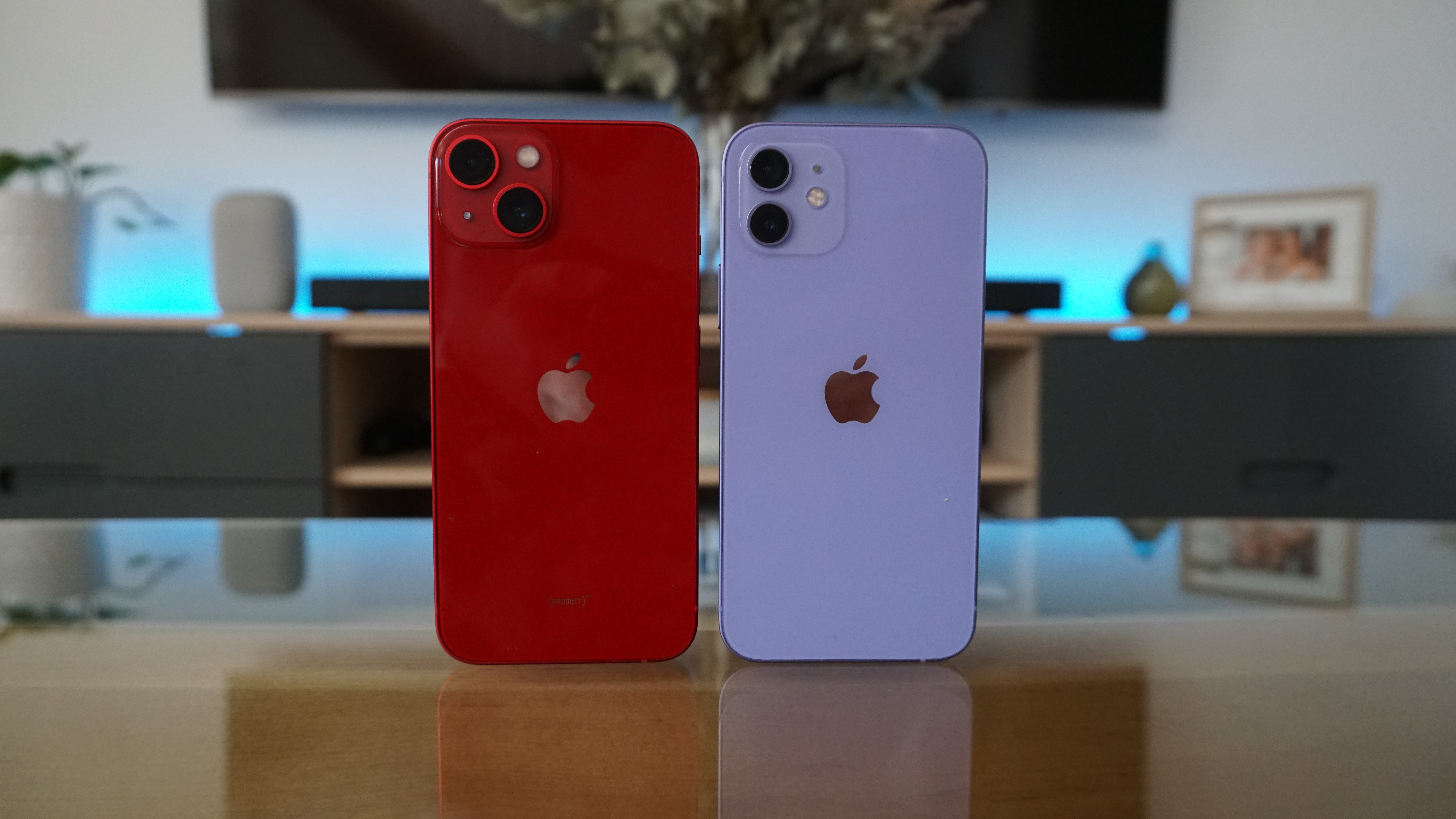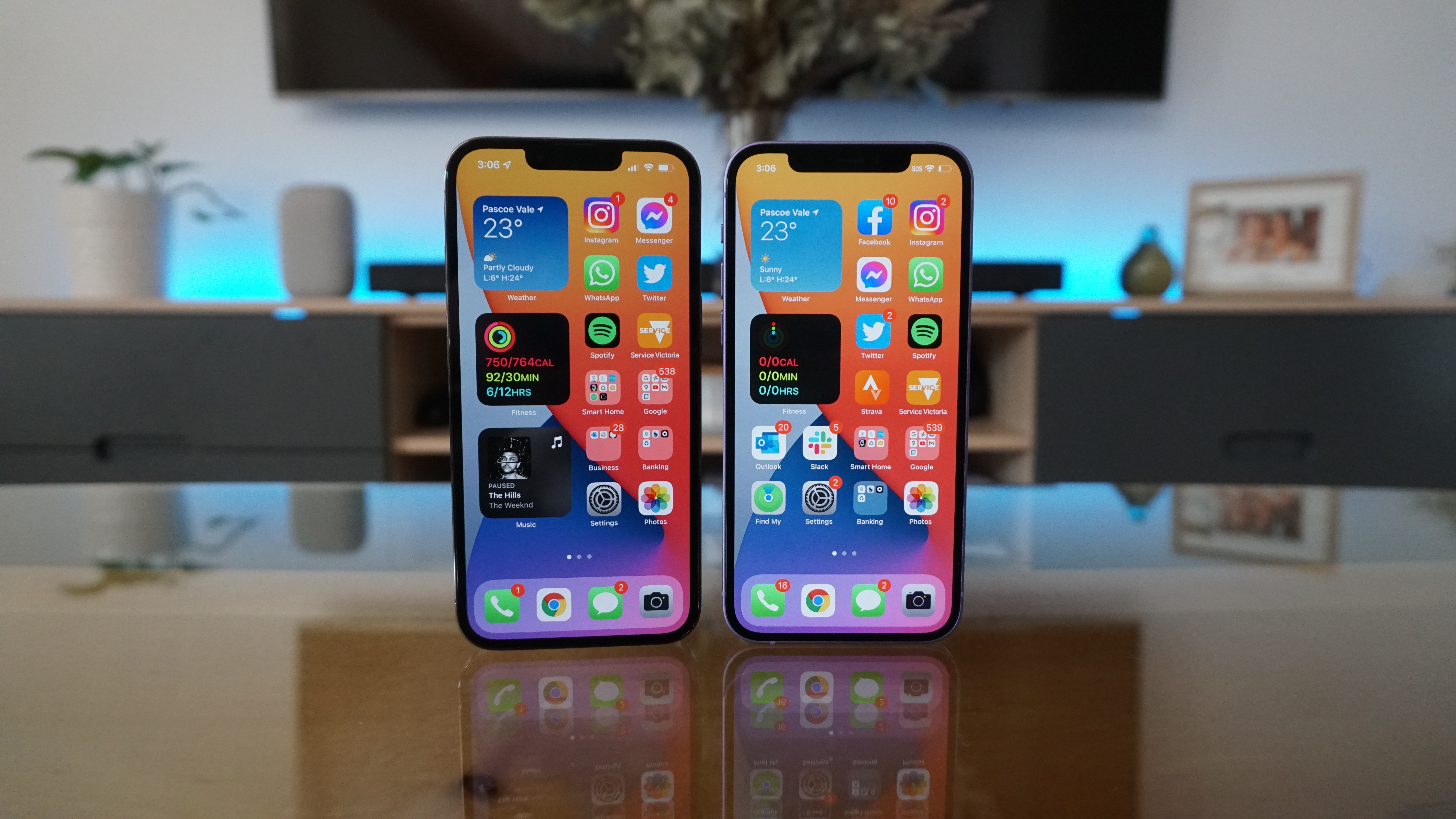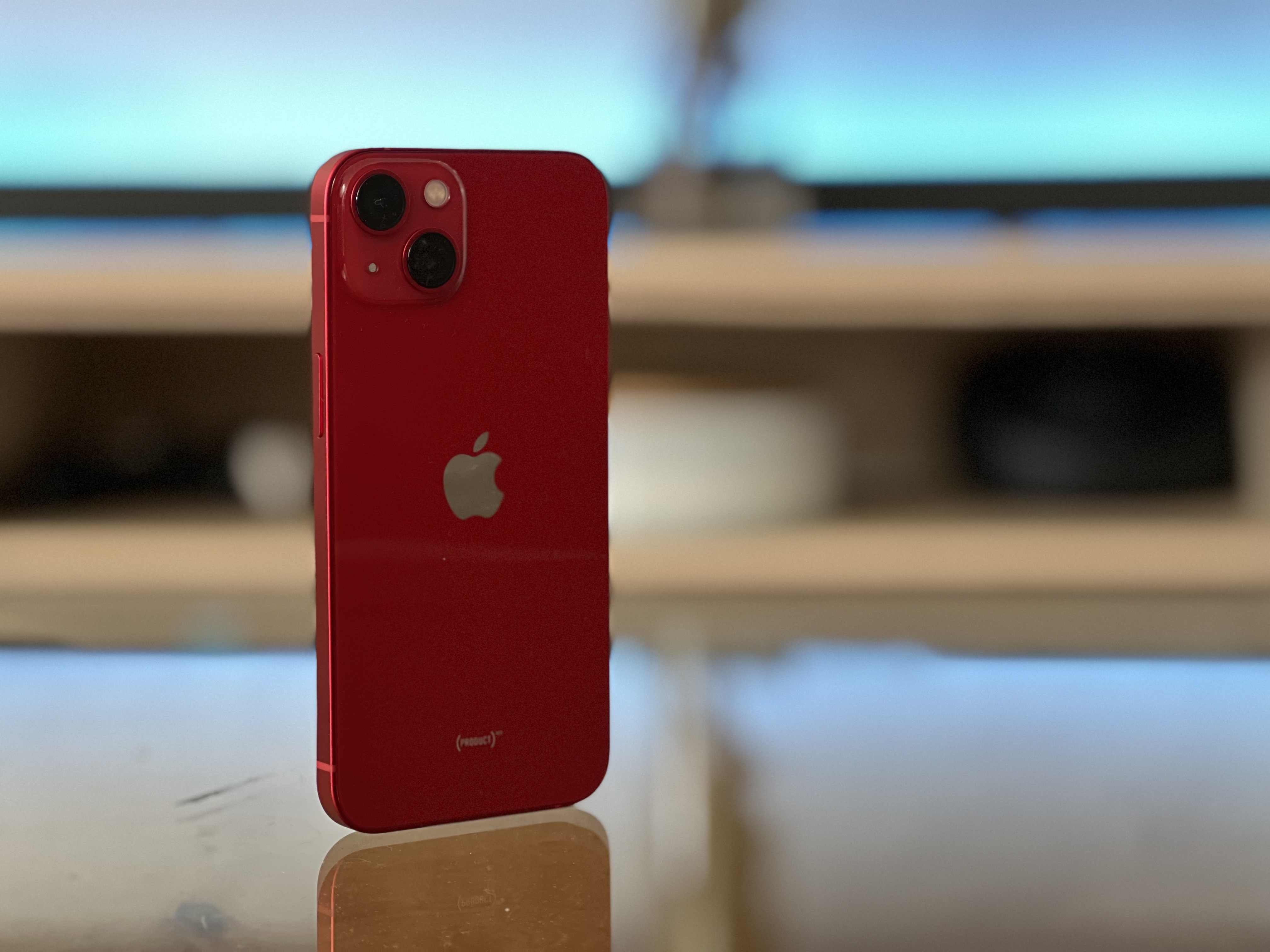Apple has gone to a lot of effort to help make average Joes feel like filmmakers.
Cinematic mode on iPhone 13 is a wonderful addition but it's not infallible.
When and how you use it is critical to getting the blurry background you want.
READ MORE: iPhone 13 review: An incremental upgrade with a stunning camera trick

TIP 1: TO TOUCH OR NOT TO TOUCH
When filming in cinematic mode, people or pets recognised by the iPhone are surrounded by boxes.
Yellow boxes denote what's in focus, while everyone and everything else in the frame will be surrounded by grey boxes. Tapping one of these will shift the focus to that box but, in my opinion, you shouldn't worry about that while recording.
Instead, focus on making sure everyone stays in one of those boxes.

If they're not, the phone is failing to recognise that person or object and will not have the data it needs for you to perfect your shot afterward.
This is particularly critical for people further away from the lens, those who aren't moving much or facing away from the camera making it harder for the iPhone to recognise them.
The one exception to this no touch rule is inanimate objects. If the phone only recognises one item of importance in the frame, then it will only film that item in focus and this cannot be fixed well in post.
READ MORE: Xbox Cloud Gaming launches on smartphones, tablets, PC in Australia
TIP 2: PERFECT IN THE EDIT
Videos shot in cinematic mode can be adjusted in a powerful new editor.
Apple's AI will try to determine who should and shouldn't be in focus while you film and shift that focus based on who is talking or who is most prominent in frame.
It does its job but the timing of these shifts can be a little off.

Instead of doing this while recording, it's easier to open the video in the editor and make the appropriate adjustments, so long as the iPhone 13 has recognised and accurately tracked them while filming.
Anyone who has spent time editing in Adobe Premiere, Final Cut or DaVinci Resolve will be blown away by the power and speed that iPhone 13 manages those changes.
TIP 3: DIAL BACK THE F-STOP
The depth of field in cinematic mode is a digital illusion.
Everything is filmed in focus before the computer separates what it perceives as the foreground, background and everything in between.
That means the computer has to cut people/pets/items out and blur them individually.
Good as Apple's algorithm is, it isn't perfect. Stray hairs - and even some straight lines - can confuse or be missed by the system and when the blur is extreme, it's more noticeable.

Apple allows you to control this by selecting an "f-stop". The smaller the f-stop the more extreme the blur.
The phrase is lifted from the ring on a camera lens that controls aperture; the amount of light that's allowed to hit the camera's sensor.
By default, the f-stop in iPhone 13's cinematic mode is set to 2.8. It can be set as low as 2 or as high as 16.
READ MORE: Finnish company launches new titanium fitness watch
Simply raising the f-stop to a 5 or 6 maintains a noticeable depth of field, without as dramatic an effect around the edges or people, pets and items that looks more natural and much less distracting.
TIP 4: LIGHT MATTERS
Darker areas make it harder for the camera and its supporting Lidar sensor to determine depth.
Apple prides its software on being able to replicate true depth-of-field; ie items further away are even blurrier.

In darker spaces this is harder for iPhone 13 to do, and the phone can even fail to recognise people that are further away if they're standing still.
If a warning pops up on screen, you're best to film in standard video mode which continues to be best in class across all smartphones, and still provides a natural depth from its growing lenses.
TIP 5: EDIT AND SAVE CLIPS ON IPHONE BEFORE TRANSFERRING
When I AirDropped raw cinematic videos to my Mac Mini for editing on third-party software, they didn't look how they did on my phone.
The videos were far brighter, leaving people looking more washed out than their natural skin tone.
Making minor tweaks to the video on the iPhone 13 itself and saving it as a new video changes that.
Instead of appearing as "cinematic" videos with all of the appropriate data layers, they now appear as HDR videos, and these looked perfect once transferred across to DaVinci Resolve.
